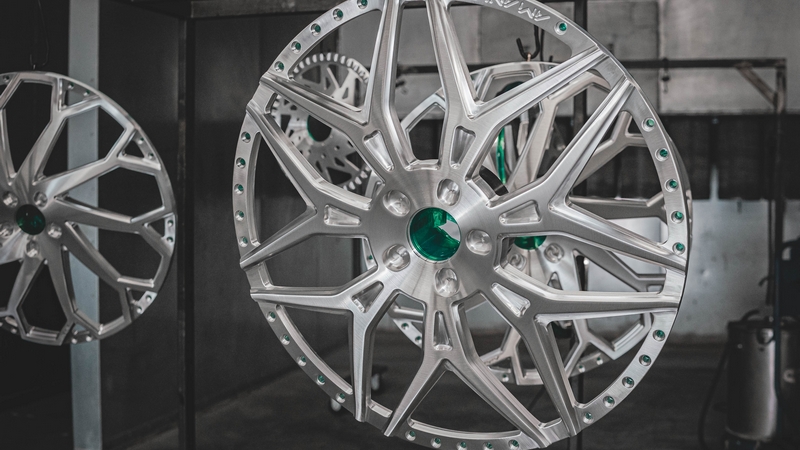
What is Powder Coating?
Powder coating is a surface finishing technique that applies a dry polymer or ceramic powder to a part via an electrostatic charge. Unlike traditional liquid paints, powder coating does not require solvents to keep a liquid suspension of binder and filler parts and is instead cured either through heat or ultraviolet light. The result is a thick, durable, high-quality, and attractive finish that is superior to conventional liquid coatings.
The widespread popularity of powder coating stems from its fast production rate, high durability, and ability to adhere to a wide range of metal surfaces including steel, stainless steel, aluminum, brass, and copper. The powder can be formulated to achieve various gloss levels, textures, and colors, making it ideal for both functional and aesthetic applications.
Recent innovations in powder coating technologies have also enabled the coating of non-conductive materials such as glass, wood, and plastics. However, the success of such coatings depends on the material being coated and the type of powder used. As such, powder coating on non-conductive materials is a specialized process that requires careful consideration.
Powder coating is not only practical but also environmentally friendly due to the minimal volatile organic compounds it releases. Unlike traditional paints, powder coatings contain no solvents and are preferable in industries where environmental regulations are stringent. The alignment of powder coating with modern environmental considerations makes it a popular choice for manufacturers.
The powder coating process enhances the aesthetic and longevity of products, making it an ideal choice for various manufacturing applications. Its ability to withstand harsh environments, resist scratching and fading, and provide a long-lasting protective layer makes it a practical choice for industries that manufacture products intended for long-term use.
How Does it Work?
Powder coating is a highly effective finishing technique that is primarily used on electrically conductive materials such as metals. The need for electrical conductivity stems from the electrostatic process used to apply the powder which requires the object to be grounded. Grounding the object ensures that the positively charged powder adheres evenly and securely to the surface.
The application of powder can be done in either of two ways; spraying or dipping. During the spraying process, a gun electrostatically charges the powder which is then sprayed onto the object. The dipping process involves submerging the object into a fluidized bed of powder that also carries an electrostatic charge. The positive charge of the powder causes it to cling to the grounded metal surface, and the thickness of the coating can be controlled by adjusting the intensity of the electrostatic charge.
To ensure uniform coverage, parts can be gently tapped to allow the powder to settle evenly across the surface. Once applied, the powder then needs to be cured either by heating in an oven or exposing to ultraviolet light, and this curing process is critical to the success of the powder coat. The final cured coating offers superior protection compared to traditional paint as it forms a tough layer that resists impacts, scratches, and scrapes. This makes powder-coated parts ideal for a wide range of applications including automotive and outdoor furniture.
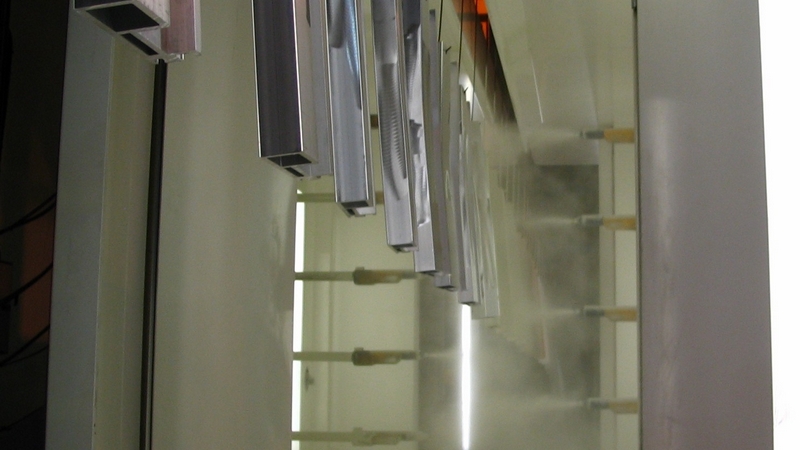
What Is It Used For?
One of the primary advantages of powder coating is its cost-effectiveness in providing robust protection to parts against environmental factors such as corrosion, moisture, and light exposure. Unlike traditional liquid paints, powder coating forms a protective barrier that significantly enhances the longevity and durability of the underlying material, making it an ideal choice for applications where paint might otherwise deteriorate or fail.
Powder coating is also renowned for its superior strength compared to conventional paint, making it an ideal choice for applications where paint might otherwise be compromised. For example, powder coating is essential in industrial settings where machinery faces constant stress and exposure to harsh conditions, thereby reducing the need for frequent maintenance or replacements.
The thickness of powder coating also plays a crucial role in enhancing the resistance of the coated part against moisture and impacts. Such thicknesses are not achievable with traditional paints, and this added thickness is particularly beneficial in automotive and construction industries where materials are exposed to physical impacts and varying weather conditions.
The aesthetic flexibility of powder coating also adds to its appeal, enabling manufacturers to achieve a more professional and stylish finish on their products. From vibrant hues to subtle shades, powder coating can be tailored to meet specific design requirements, making it a favorite among designers and consumers alike.
In addition to its mechanical and aesthetic benefits, powder coating is chosen for its functional properties, such as electrical resistance. Certain powders are specifically formulated to reduce the likelihood of arcing between conductors and to minimize the risk of electric shock from exposed parts, making it excellent for the electronics industry.
The environmental consciousness of powder coating also plays a key role in its adoption, as traditional liquid paints often contain volatile organic compounds that can cause environmental harm. Powder coating, however, does not involve VOCs, making it a more environmentally friendly option and appealing to those who prioritize sustainability.
Finally, the application process of powder coating offers distinct advantages over painting. Unlike paint, powder does not drip, allowing for a more even coating. This uniformity is difficult to achieve with liquid paint, which can run or sag, leading to uneven layers and a less professional finish. The evenness of powder coating also contributes to its protective qualities, making it an ideal choice for industries that require a high degree of precision and quality.
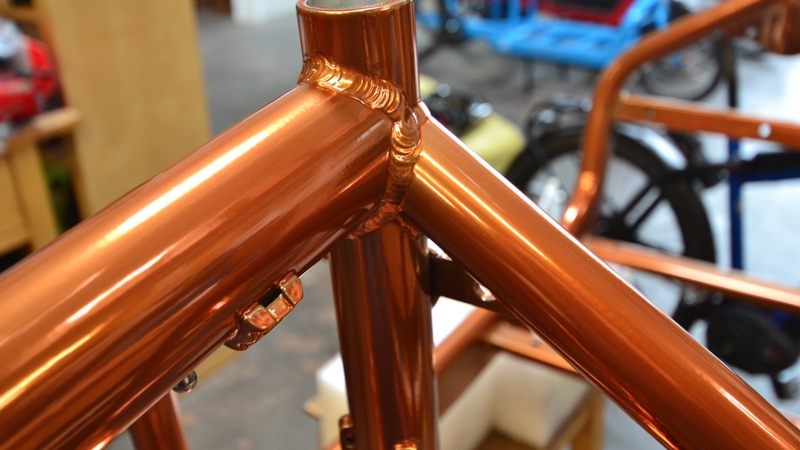
Types of Powder Coating Finishes
Powder coating is a unique finishing process that utilizes electrostatically charged particles which are then cured under heat to form a durable protective layer. Among the various types of polymers used in this process, polymers dominate due to their adaptability and robustness in various environments.
For instance, polyester is a popular choice in powder coatings due to its effectiveness in outdoor and weather-resistant applications such as garden furniture, plumbing fixtures, and components used in power transmission systems. The affordability of polyester powder also makes it a cost-effective option for both industrial and domestic uses.
However, scenarios that require color retention and longevity will often opt for fluoropolymer coatings over polyester despite the former being more expensive. Fluoropolymers excel in maintaining color vibrancy over time and can withstand prolonged exposure to ultraviolet rays without fading, making them ideal for applications where aesthetic appeal is crucial. Furthermore, fluoropolymer coatings can often achieve a high degree of smoothness and even finish which makes them ideal for decorative pieces.
Epoxy powder coatings are ideal for applications that require chemical resistance, and their ability to cure using UV light makes them faster to apply compared to other powder coatings. This makes epoxies ideal for equipment that is exposed to corrosive environments whether it is an automotive, industrial, or medical application. Their ability to resist salt corrosion also makes them ideal for use in marine environments.
Each type of powder coating brings its own set of benefits to the table, and the choice of coating depends on the specific requirements of an application. Whether it is the cost-effectiveness and durability of polyester, the color stability and UV resistance of fluoropolymers, or the chemical resistance of epoxy coatings, the selection process involves careful consideration of the environmental challenges and performance expectations associated with the end product. This adaptability and range of options make powder coating a preferred finishing technique in numerous industrial and commercial sectors.
Powder Coating Materials
Powder coating is a finishing technique that works well with metals thanks to the ability of metals to easily hold an electrical charge. This charge allows for a dry polymer resin to stick to the metal surface before being cured under heat, creating a hard and smooth finish. The ability to electrically ground metals also ensures uniform coverage, which is essential for achieving a consistent finish.
The wide range of metal types that can be powder coated, including steel, stainless steel, aluminum, copper, and brass, makes powder coating an adaptable process. All of these metals can effectively hold a charge, ensuring uniform adherence of the powder before curing, which is also essential for achieving a smooth finish. The high durability of powder-coated finishes also makes them resistant to scratches, impacts, and corrosion, explaining why powder coating is a popular choice for metals.
Powder coating is also compatible with various manufacturing processes, including laser cutting, die cutting, and CNC machining, due to the finish’s ability to withstand precision and intricate work. However, powder coating is less suitable for non-conductive materials such as wood, which cannot hold an electrical charge. While it is technically possible to add conductive layers or use special additives, the resulting finish may not be uniform, and the powder may not adhere well to the wood surface.
As such, powder coating is not recommended for non-metallic materials, especially wood, where the result can be unreliable and uneven. Instead, other finishes, such as oils and waxes, may be more appropriate for wood, offering protection against environmental factors while enhancing the aesthetic qualities of the wood. Overall, powder coating is an excellent choice for metal parts, but its application to non-metal materials should be carefully considered and taken with caution.
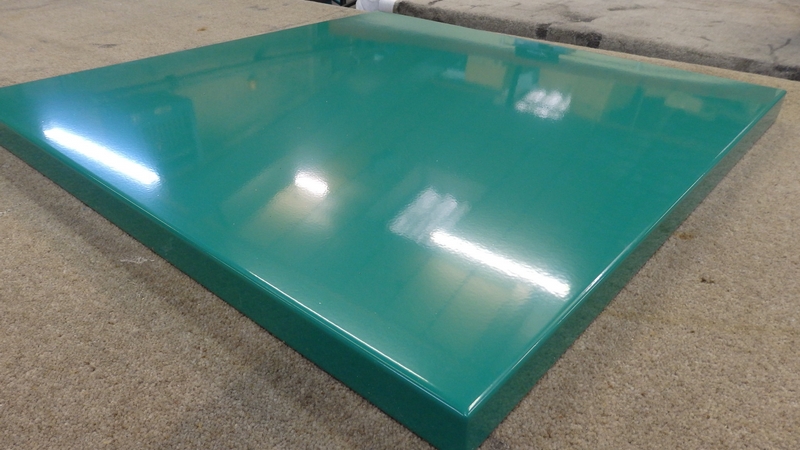
How to Select Powder Colors and Textures
When choosing a powder coat, it is essential to consider more than just the color; the finish type and texture also play a crucial role in the final look. For instance, powder coatings come in different types such as gloss, semi-gloss, and matte, which affect the shininess of the coated part. A gloss finish reflects a lot of light, making colors appear more vibrant and noticeable, while a matte finish diffuses light, resulting in a more subdued and flat color appearance. The choice of finish type can dramatically alter the visual impact of an item, depending on the desired aesthetic effect.
The texture of the powder coating also contributes to the overall effect, offering smooth, rough, and grainy options. Smooth coatings provide a sleek and even look, making them suitable for household appliances and automotive parts, while rough and grainy textures add a tactile dimension and can hide surface imperfections, making them ideal for industrial settings and outdoor furniture where durability is essential.
Advances in powder coating technology have introduced special effects such as metallic and color-changing finishes that enhance the aesthetic appeal of coated parts. Metallic coatings mimic the look of metal at a significantly lower cost and weight, making them suitable for decorative items and fixtures that need a metallic appearance without the need for metal construction. The color-changing or “chameleon” effect, which includes pigments that shift color based on the viewing angle, creates striking visuals on objects that stand out as colors change in different lighting conditions and perspectives.
Each of these factors – color, finish type, texture, and special effects – plays a crucial role in the final look and feel of a powder-coated part and can influence both the aesthetic appeal and functionality of the part in its intended environment. As such, selecting a powder coating requires careful consideration of these factors to ensure that the coating meets the specific requirements and desired outcomes of a project.
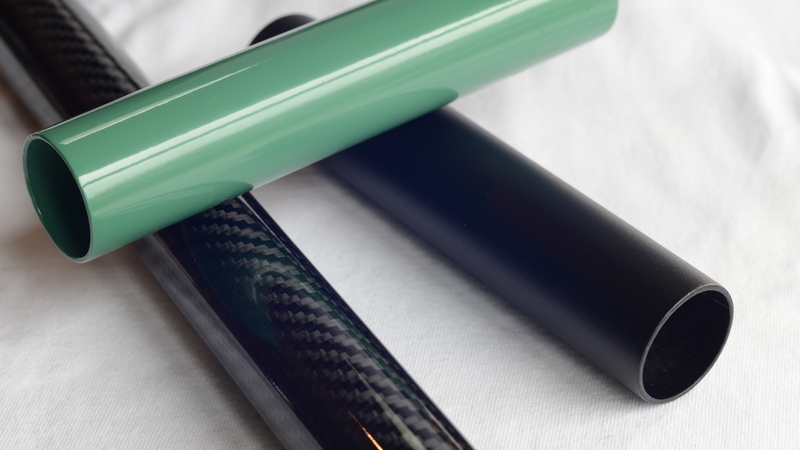
Power Coating Checklist
Getting a part powder coated requires a multitude of considerations that go beyond the color of the part. Here’s how to choose:
- When deciding to powder coat a part, the first step that needs to be done is to select the appropriate color for the part. While this may seem like a simple task, it is one that often leads to regret. As such, it is essential that those involved with the part (whether it is colleagues, friends, or potential customers) provide their input on the color and how it will be perceived by others. This is particularly important for parts that will be used in consumer-facing products as the aesthetic appearance of the part can heavily affect its marketability.
- The function of the part also needs to be taken into account as some environments can be harsh and require parts to have additional properties. For example, parts that will be exposed to chemicals or weather need to be made with materials that can withstand such conditions. The powder used for the part can also affect its ability to withstand different conditions as some materials may degrade at high temperatures or in specific environments.
- The surface texture of the part is also a critical factor that often goes unnoticed. The texture of a part can affect both its appearance and its functionality with some textures being more slip-resistant than others. As such, parts that will be handled by hand need to have a texture that prevents slipping, but parts that are meant to have a smooth finish can do so if slip-resistance is not required.
- Finally, it is essential that engineers consider alternative coating methods as powder coating may not always be the best choice. While powder coating offers excellent durability and a smooth finish, other processes such as anodizing and traditional painting may be more cost-effective depending on the material and its use. Anodizing is particularly useful for parts made from aluminum that require a hard, protective coating, while painting is ideal for parts that do not require such characteristics.
Key Takeaways
Powder coating is a highly effective method for applying both protective and decorative finishes to a wide range of materials. Unlike traditional liquid paints, powder coatings are applied to parts that are electrically conductive (such as metal), and only adhere to surfaces that can hold a negative charge. This unique adherence method ensures a strong bond between the coating and the substrate, resulting in a thick, durable finish that resists scratching, chipping, fading, and wear from harsh environments and heavy usage.
The cost-effectiveness of powder coating is another significant advantage to engineers. The process is generally less expensive than liquid coatings due to the less material being used (as it thickens during the curing stage) and the ability to directly apply powder to heated parts without the need for additional processing steps. Furthermore, powder coatings offer engineers a wide range of aesthetic options, including any color imaginable, special effects, and various textures that can be customized to meet specific design and functional requirements.
The strong, durable nature of powder coatings also makes them ideal for a wide range of applications. They are commonly applied to automotive parts, including wheels and bumpers, to provide a protective finish and enhance vehicle aesthetics. Powder coatings are also used in the architectural industry to protect metal facades, window frames, and outdoor furniture from the elements while maintaining an attractive exterior finish. Even everyday items, such as tools, appliances, and sports equipment, can benefit from the protective and decorative qualities of powder coatings.
Why Choose Ponoko
Designing the next generation of parts and technological solutions is a complex and intricate process that requires a deep understanding of both form and function. Innovators and designers must focus on creating products that not only meet specific functional requirements, but also appeal aesthetically to consumers. This dual focus can be quite challenging as it demands a balance between innovative design and practical usability. For those involved in the design and development of new products (such as engineers and product designers), it is crucial to concentrate on these aspects without being burdened by the complexities of the manufacturing process.
The attempt to handle manufacturing in-house or through do-it-yourself DIY methods can lead to significant inefficiencies, learning to produce parts on one’s own consumes valuable time, and often results in high rates of error and material wastage. These challenges can delay project timelines, leading to increased costs which ultimately impacts the overall feasibility and success of a project.
Given these challenges, it is advisable to partner with a specialized manufacturing service that can handle the production of parts efficiently while designers and engineers focus on refining and evolving their ideas. Outsourcing manufacturing not only ensures that parts are produced with high precision and consistent quality, but also accelerates the development process by freeing up valuable resources.
Among the various options available, Ponoko stands out as a premier manufacturing service provider. Ponoko offers a unique combination of experience, speed, and precision that benefits designers and engineers with capabilities to deliver parts on the same day to clients in the Oakland Bay area, and next-day delivery to those in the mainland United States.


